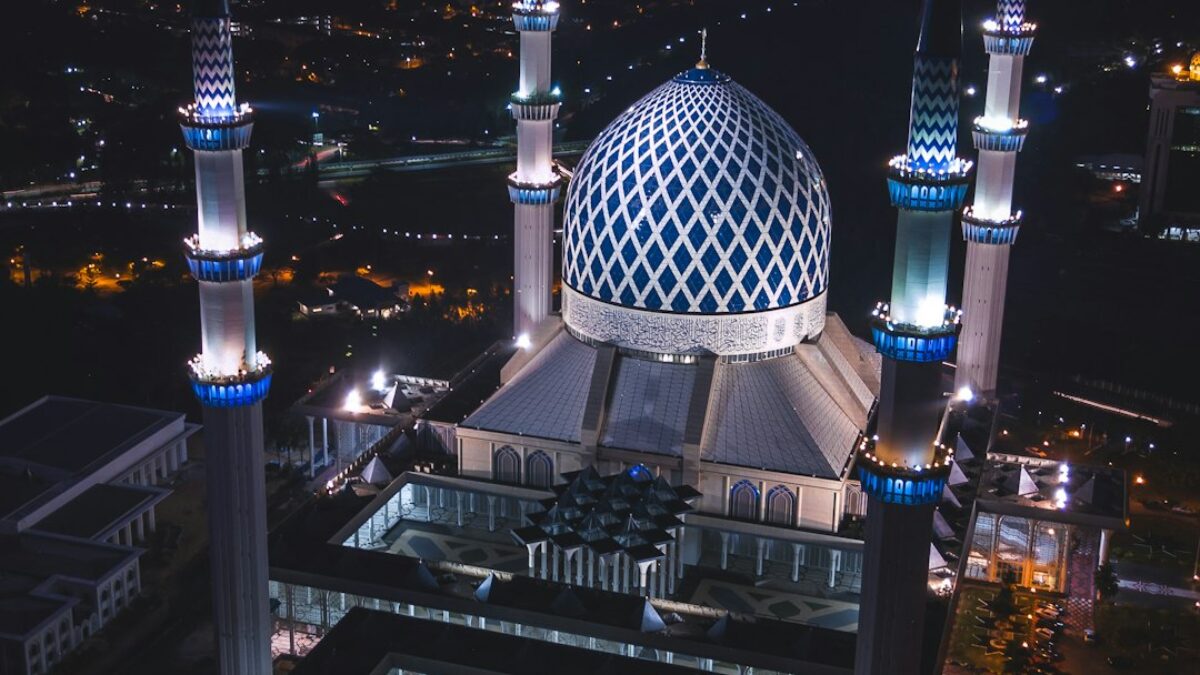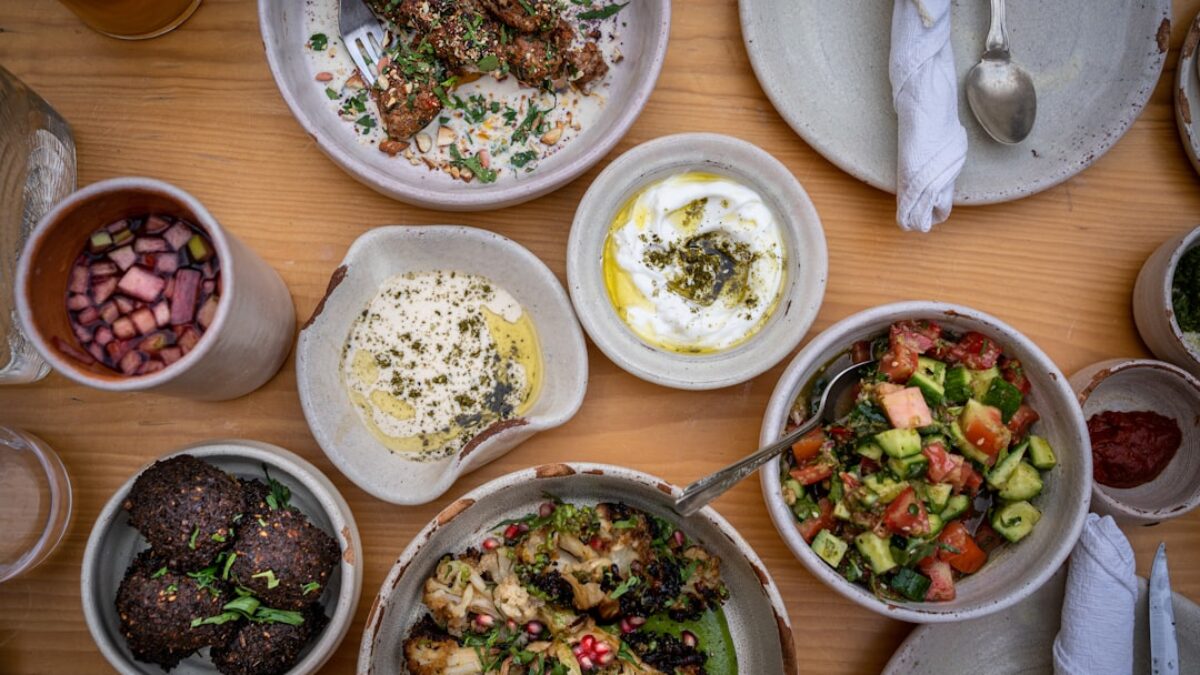Ramadan is a month of spiritual renewal, self-discipline, and heightened devotion. Yet, for millions of Muslims who fast from dawn to sunset, the long hours without food or drink can drain physical energy and mental focus. Staying energized while fasting is not only possible—it is essential for maximizing worship, maintaining productivity at work or school, and preserving overall health. This article distills the latest research, centuries of Islamic tradition, and real-world experience into ten proven tips that will help you feel vibrant throughout Ramadan.
Understanding the Physiology of Fasting
What Happens Inside Your Body During Ramadan
Within the first few hours after suhoor, blood-glucose levels begin to fall. Insulin drops, and the liver starts releasing stored glycogen to maintain glucose supply to the brain and muscles. After roughly 8–12 hours, glycogen stores are depleted, and the body transitions to fat oxidation and ketone metabolism. This metabolic switch is a natural energy-preserving mechanism that, when supported correctly, can leave you feeling mentally sharp and physically light rather than lethargic.
Common Energy Drains—And How to Avoid Them
- Dehydration: Even mild dehydration (1–2 % loss of body water) can reduce cognitive performance and increase fatigue.
- Electrolyte imbalance: Sodium, potassium, and magnesium losses amplify headaches and muscle cramps.
- Refined-carbohydrate overload: High-sugar iftar meals spike insulin, leading to a reactive crash an hour later.
- Disrupted sleep: Late-night prayers and social gatherings shorten restorative slow-wave sleep.
Key Components of an Energy-Sustaining Ramadan Routine
Tip 1: Strategize Your Suhoor Plate
A well-planned suhoor is the cornerstone of sustained energy. Aim for a balanced macronutrient profile:
- Complex carbohydrates: Oats, whole-wheat bread, or brown rice deliver slow-release glucose.
- High-quality protein: Greek yogurt, eggs, or cottage cheese curb appetite and stabilize blood sugar.
- Healthy fats: Avocado, nut butter, or chia seeds prolong satiety and support brain function.
- High-fiber foods: Berries, lentils, and vegetables slow gastric emptying and prevent constipation.
Example suhoor bowl: rolled oats cooked in low-fat milk, topped with sliced banana, chia seeds, and a tablespoon of almond butter. Hydrate with 500 ml water plus a pinch of pink salt for electrolytes.
Tip 2: Hydrate Intelligently Between Iftar and Suhoor
Rehydration is more than chugging two liters right after iftar. Instead:
- Break your fast with 1–2 dates and 250 ml water to quickly restore glucose and begin fluid replacement.
- Drink 250–300 ml every 30–45 minutes until bedtime, aiming for at least 2–2.5 L total.
- Add electrolytes naturally: cucumber-mint water, coconut water, or a pinch of salt and honey in lemon water.
- Limit diuretics such as coffee, black tea, and soda after taraweeh to reduce nighttime urination.
Tip 3: Master the Art of the Power Nap
Short, strategic naps—20 minutes maximum—between zuhr and asr can recharge the prefrontal cortex, improving alertness by up to 30 %. Longer naps risk grogginess because you may dip into slow-wave sleep. Use an eye mask and set a timer to prevent oversleeping.
Tip 4: Optimize Sleep Hygiene
Although Ramadan nights are short, quality matters more than quantity:
- Darken the room: blackout curtains and blue-light-blocking glasses after isha.
- Cool temperature: 18–20 °C facilitates deeper sleep stages.
- Consistent schedule: Sleep immediately after taraweeh and wake 30 minutes before suhoor.
Tip 5: Embrace Light, Consistent Physical Activity
Contrary to popular belief, complete inactivity increases fatigue. Instead, incorporate:
- 10–15 minutes of brisk walking 30 minutes after iftar to aid digestion and glycogen uptake.
- Low-intensity resistance bands or body-weight circuits twice a week to preserve lean muscle mass.
- Yoga stretches after fajr to improve circulation and lymphatic drainage.
Tip 6: Choose Smart Snacks for Post-Taraweeh
If you stay awake for qiyam-ul-layl, choose snacks that stabilize blood sugar rather than spike it:
| Snack | Calories | Key Nutrient | Energy Benefit |
|---|---|---|---|
| Medjool dates + 10 almonds | 180 | Potassium & magnesium | Combats cramping |
| Cottage cheese + berries | 150 | Casein protein | Sustained amino-acid release |
| Hummus + carrot sticks | 120 | Fiber & healthy fats | Steady glucose curve |
Tip 7: Moderate Caffeine Intake
Rather than eliminating coffee, front-load it at suhoor. A single 100–150 mg dose (one small cup) can enhance alertness without disrupting nighttime sleep. Avoid caffeine after 2 p.m. to prevent insomnia.
Tip 8: Supplement Wisely
Consider the following evidence-based supplements, taken after consulting a healthcare professional:
- Vitamin D3 (1000–2000 IU daily): Compensates for reduced sun exposure.
- Magnesium glycinate (200 mg): Reduces muscle cramps and improves sleep quality.
- B-complex: Supports energy metabolism and counters the fatigue associated with altered meal timing.
Tip 9: Practice Mindful Breathing & Spiritual Uplift
Neuroscience shows that mindfulness and dhikr activate the parasympathetic nervous system, lowering cortisol and perceived fatigue. Between prayers, perform 4-7-8 breathing (inhale 4 seconds, hold 7, exhale 8) three times to reset mental energy.
Tip 10: Plan Around Your Circadian Rhythm
Fasting aligns well with chrononutrition—eating in harmony with your body clock:
- Front-load calories: Eat 40 % of daily calories at suhoor, 35 % at iftar, and 25 % post-taraweeh.
- Front-load micronutrients: Consume vegetables rich in vitamin C and antioxidants at iftar to support overnight cellular repair.
- Limit heavy fats late at night; choose lighter proteins such as fish or turkey instead of fried foods.
Benefits and Importance
Physical Benefits
- Enhanced metabolic flexibility: Regular fasting trains the body to switch efficiently between glucose and fat metabolism.
- Improved insulin sensitivity: Studies show fasting can reduce HOMA-IR scores by 20–30 % in healthy adults.
- Reduced inflammation markers: C-reactive protein and interleukin-6 drop after 3–4 weeks of intermittent fasting patterns.
Spiritual and Psychological Gains
Beyond physiology, intentional energy management:
- Creates mental clarity for deeper Qur’an reflection and dua.
- Preserves emotional resilience for family interactions despite hunger.
- Fosters gratitude for the body’s intricate design and the sustenance provided by Allah.
Practical Applications
Sample Daily Ramadan Schedule for Optimal Energy
- 4:00 a.m. – Suhoor: Balanced meal plus hydration.
- 4:45 a.m. – Fajr & light yoga stretches.
- 5:15 a.m. – Sleep.
- 7:30 a.m. – Wake for work/school.
- 12:30 p.m. – 20-minute power nap.
- 6:30 p.m. – Short walk before iftar preparation.
- 7:05 p.m. – Iftar with dates, water, soup, and salad.
- 8:00 p.m. – Maghrib prayer followed by main meal.
- 9:30 p.m. – Taraweeh.
- 11:00 p.m. – Light protein snack and dhikr.
- 11:30 p.m. – Sleep.
Meal-Prep Strategies
Spend Sunday evening batch-cooking:
- Steel-cut oats soaked in almond milk, portioned into mason jars.
- Lentil soup frozen in single-serve containers for quick iftar.
- Chia-pudding parfaits layered with berries and nuts for suhoor grab-and-go.
Family and Workplace Integration
Communicate your schedule to colleagues and agree on flexible working hours. At home, assign children age-appropriate tasks like setting the iftar table, fostering teamwork while conserving your energy.
Frequently Asked Questions
What is the most common mistake people make that drains energy during Ramadan?
Overloading on simple sugars at iftar—think samosas, syrup-soaked desserts, and soda—causes a sharp insulin spike followed by a crash an hour later, leaving people sluggish for taraweeh. Instead, break the fast with balanced components and reintroduce complex carbohydrates gradually.
Can I exercise intensely while fasting?
High-intensity interval training (HIIT) is not advisable during fasting hours because it relies heavily on glycogen and increases dehydration risk. However, light-to-moderate resistance training or brisk walking after iftar is safe and beneficial for preserving muscle mass.
How do shift workers maintain energy?
Shift workers should anchor their eating window around suhoor and iftar, even if their sleep schedule is irregular. Use blackout curtains and white-noise machines to mimic nighttime during day sleep, and consider splitting suhoor into two smaller meals—one at the start and one at the end of the night shift.
Is caffeine completely off-limits?
No. Moderate, early caffeine
























Post Comment